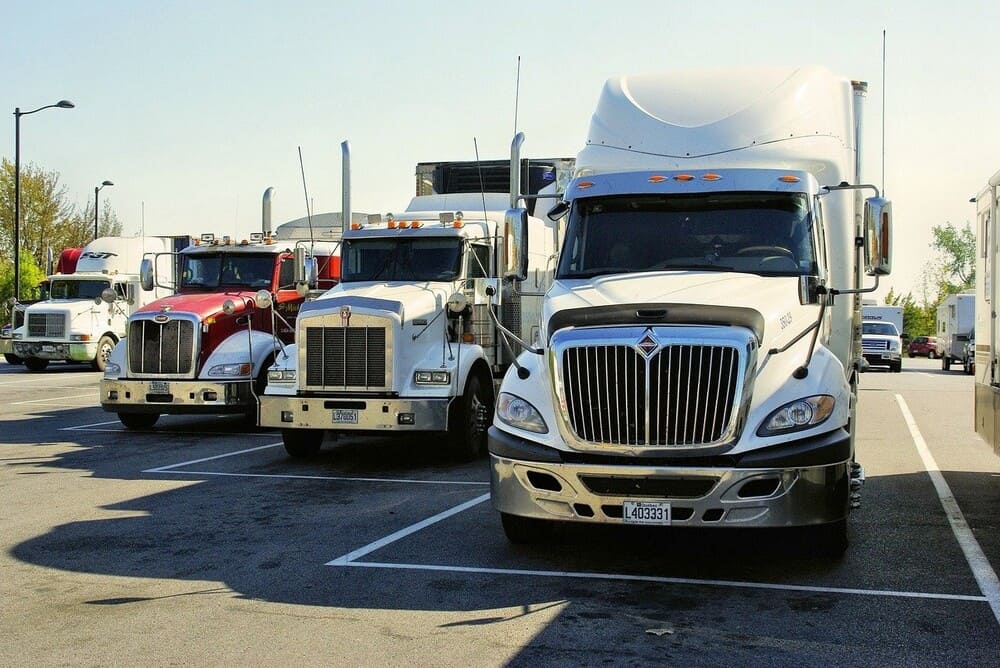
October 10, 2023

1939 Views

5 min read

September 16, 2022

895 Views

5 min read
As a trucking company, it’s important to have a fleet safety program in place. Not only will this help to keep your drivers safe, but it will also protect your business in the event of an accident. A fleet safety program should cover various topics, from driver training to vehicle maintenance.
In this article, we’ll look at six key elements of an effective fleet safety program.
Driver training is one of the most important aspects of a fleet safety program. Your drivers should be thoroughly trained in all safety aspects, from defensive driving to knowing the hours of service regulations.
Driver training should be ongoing, and you should consider using both classroom-based and on-the-road training methods. Today, many trucking companies are using simulators to provide realistic driver training.
All drivers in your fleet should be properly trained to operate the vehicles safely. They should know how to perform all the necessary checks before starting a trip and should be familiar with the features of the vehicles that are designed for safety, such as anti-lock brakes and traction control.
Another important element of a fleet safety program is vehicle maintenance. Regular vehicle inspections are crucial to maintaining a safe fleet. Your vehicles should be inspected before each trip, and you should keep detailed records of all inspections. Drivers should be trained to perform their own vehicle inspections and to report any problems they find.
This includes checking fluid levels, brakes, tires, and other essential components.
An effective fleet safety program will also have a system for keeping a close eye on vehicle maintenance and repairs. This might involve using a telematics system to track vehicle performance, or it could simply require drivers to report any problems they find.

Every company is different and will have different needs regarding safety policies. But it is imperative to develop safe driving policies that set out clear expectations for drivers. These policies should cover everything from speed limits and hours of service to cell phone use and seat belt use.
Other driving policies to consider include:
It is not enough to simply have safe driving policies in place – they must also be enforced. Enforcing your policies is just as important as creating them. But how you enforce them will vary depending on the infraction. For example, if a driver is caught speeding, you might issue a warning for the first offense. But if they are caught speeding again, you could give them a written warning or even suspend their driving privileges.
The key is to be consistent with your enforcement. That way, drivers know what to expect if they break the rules.

An accident is a nightmare for any trucking company. Not only can it result in serious injuries or even fatalities, but it can also damage your vehicles and reputation. That’s why it’s so important to have a plan for dealing with accidents when they happen.
Your accident response plan should include steps for dealing with the immediate aftermath of an accident, as well as how to investigate the cause and prevent future accidents.
Some key elements of an effective accident response plan include:

Driver monitoring is another important element of a fleet safety program. There are several ways to monitor your drivers, including using telematics to track their driving habits, conducting regular driver record checks, and having a policy in place for reporting accidents or near-misses.
Regularly monitoring your drivers can identify any red flags that may indicate a potential safety issue. Address these issues as soon as possible to help mitigate the risk of accidents.
As mentioned above, keeping detailed records of all vehicle maintenance is important. This includes not only repairs but also routine maintenance such as oil changes. Keeping good records will help you identify any problems and allow you to take steps to prevent future problems.
Another important element of a fleet safety program is making sure that all vehicles are equipped with the proper safety equipment. This includes things like seat belts, airbags, and reflective signage.
An effective fleet safety program is essential for any trucking company. By implementing the six elements discussed above, you can help reduce the risk of accidents and create a safer environment for your drivers. It is an investment that will pay off in the long run by saving lives, protecting your vehicles, and reducing your liability.
Test